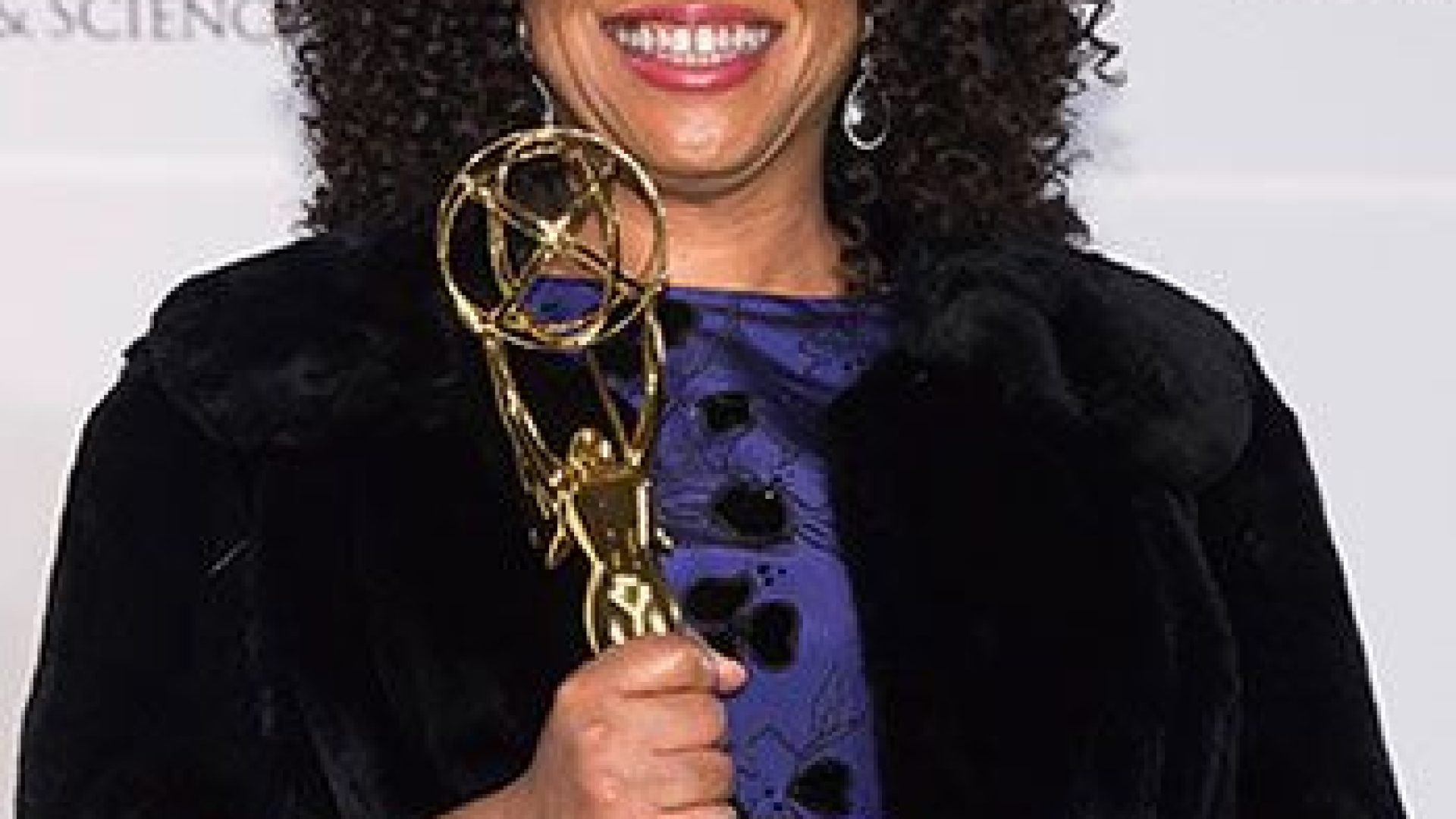
| Majoring in Curls | |
 |
|
| Email your questions to Aimee. |
I recently returned from a semester abroad in the lovely city of London. Four months in a different country provided countless opportunities for culture, museums, and theater.
The amazing thing about museums in London is that they’re completely free! Unlike most U.S. museums. England encourages people to absorb as much culture as possible without having to pay for it, which I love. The National Gallery in Trafalgar Square is the largest museum of paintings in the city, and I visited it three or four times. The time periods of the paintings span from the Medieval to around the 1800s.
When I visit museums, I’m drawn to paintings of people and how they lived—family portraits, saints and religious figures, and mythological scenes. It’s fascinating to see the differences in how people dressed and presented themselves.
Typically the first thing I notice in these paintings is the hairstyles. And it amazes me how many women (and men”> are painted with curly hair. Compared to more modern art, curly subjects are more prevalent than those with straight hair. Where do you think the name for Botticelli curls came from?
From a purely artistic perspective, curls are a fabulous way to create depth and texture on a canvas. Having a subject with curls is aesthetically pleasing for the viewer and challenging for the painter. It’s actually very difficult to paint curls because of the differences in light and dark, and the fact that they’re very close to each other. For the viewer, the curls make the eye travel the entire painting much faster.
My favorite curls were on paintings and statues of Venus, the goddess of love. Curls are typically associated with sensuality. But they also are seen on many religious figures.
In Sandro Botticelli’s Venus and Mars, the two subjects are reclining opposite, with Venus watching Mars as he sleeps. Her hair falls in curls around her head in tighter coils and a small bun, while longer tresses drape over her shoulders. Mars himself also has gorgeous shiny locks that fall over his face. Botticelli was a master of curls, and I think without them his paintings wouldn’t be the same. He also did numerous paintings of the Virgin and the baby Jesus. In the majority of them, both subjects have lovely curls.
The next time you visit a museum (which I highly recommend doing as often as possible”>, take a good look at the subjects and how they do their hair. Our ancestors knew that curls were gorgeous, and they took full advantage of it.
Whenever I’m at a loss for a new way to arrange my curls, I always take a page from historical paintings or movies. The people of ages past knew how to mix and match chignons, defined curls, braids, and natural curls. Historical looks won’t make you look too old or frumpy, I promise. Everyone will be asking how you did it.
Take a page out of Botticelli’s book and try something new!






